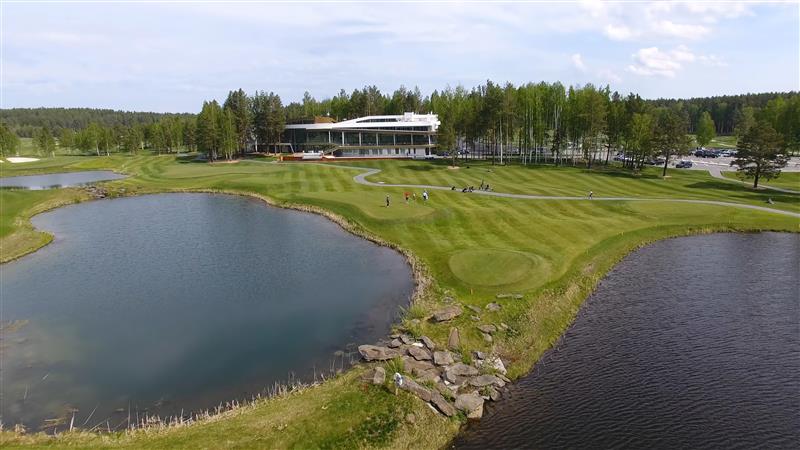
Water is more than a visual element in golf course design—it’s a strategic tool, a habitat, and a vital component of sustainability. A skilled golf course water bodies designer understands how to blend beauty with function. Carefully placed lakes, streams, and ponds not only add drama to the landscape but also serve as reservoirs for irrigation, manage stormwater runoff, and challenge golfers with high-stakes shot-making. This blog explores the role of water in modern golf architecture—from the engineering precision behind pond construction to the aesthetics of meandering creeks and reflective surfaces. When clubs partner with top golf course architects who specialise in water body design, the results are courses that are ecologically responsible and dramatically memorable. We also cover the critical intersection of drainage systems, bunkering strategy, and fairway shaping—ensuring every water element enhances both the course’s playability and its long-term environmental resilience. For developers and course managers, water bodies aren’t just visual statements—they’re essential tools for performance, sustainability, and long-term value.
Water bodies offer more than just scenic backdrops. They serve strategic, functional, and ecological purposes. A skilled golf course water bodies designer must account for each aspect, ensuring the feature supports play strategy while contributing to sustainability and land management.
Where water sits on a course defines how holes are played. A well-positioned pond introduces risk-reward decisions and heightens drama. Whether flanking a green or cutting across a fairway, water demands precision and elevates the competitive element of golf.
Designing ponds isn’t just about digging holes. It requires precise grading, clay lining, inlet/outlet management, and erosion control. Water movement must be controlled to prevent stagnation, and banks must be stable yet natural-looking. Depth, shape, and visibility must all be factored in.
Water bodies also serve a practical role—storing irrigation water. Integrated into the course’s water management system, these ponds collect rainfall and recycled water, feeding the automated irrigation system. This reduces dependency on municipal sources and aligns with global sustainability goals.
Proper water flow protects the turf, reduces disease, and ensures fast-playing fairways. Drainage lines feed into water bodies that serve as collection points. This demands collaboration between drainage engineers and golf design companies to create integrated, responsive systems.
Water is a canvas that reflects trees, clouds, and twilight hues. It gives a course identity—whether it’s a signature green surrounded by a lake or a stream that winds through multiple holes. Such design choices enhance course memorability and brand appeal.
Biodiversity adds richness to the course experience. Well-designed water bodies attract birds, frogs, and pollinators. They serve as vital habitats and contribute to the overall ecological balance. Designers can ensure these features thrive by selecting native plants and eco-friendly construction methods.
At Golf Design India, our approach to water bodies combines architectural creativity with civil engineering precision. From island greens to bio-retention ponds, our water features strengthen design, support sustainability, and enrich the golfing experience. Our work reflects a deep respect for water as a living, functional element.
Water bodies contribute to the course’s strategy, aesthetics, irrigation needs, and environmental sustainability. Their positioning affects gameplay and supports ecological goals.
Designers use precise grading, soil liners, erosion control methods, and controlled inflow/outflow systems to build functional and long-lasting ponds or lakes.
Yes. A well-designed water feature balances visual impact with ecological function, storing water, attracting wildlife, and complementing the course’s drainage system.
Water introduces shot strategy, risk, and emotional tension. It visually anchors holes and can turn ordinary layouts into memorable challenges.
GDI integrates topography, strategic play, and ecological planning into each water body. We ensure that water enhances every aspect of course performance and aesthetics.
